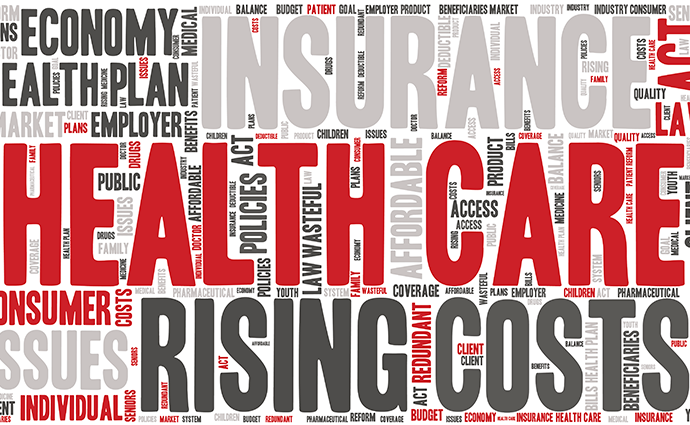Low Social Spending Not Behind High Healthcare Costs in US
Despite being an outlier in terms of healthcare costs, the US spent a similar amount on social programs that address social determinants of health, a new study shows.

Source: Thinkstock
- Underinvestment in programs that address social determinants of health is not to blame for excessive healthcare costs in the US, a new study published in Health Affairs indicates.
Data from the Organization for Economic Cooperation and Development (OECD) showed that the US spent a similar amount as a percentage of gross domestic product (GDP) on social programs as other countries. Specifically, the US spent approximately 16.1 percent of GDP on social spending in 2015, while the average total social spending by member states that year was 17 percent of GDP.
Social spending included investments in programs related to the labor market (e.g., welfare-to-work programs), incapacity, unemployment benefits, family programs, housing, and pensions. Researchers did not count education and health-related social spending in the total.
“Our study questions some of the major assumptions behind the hypothesis that underinvestment in social programs in the US is contributing to higher healthcare costs,” Irene Papanicolas, lead author and an associate professor of health economics at the London School of Economics and Political Science, recently told RevCycleIntelligence.com.
“In particular we show that (1) the US does spend about as much as other high income countries on social programs, (2) that countries that spend more on social programs tend to spend more on healthcare, and (3) that countries that increase spending on social programs over time are also the countries that see increases in healthcare spending over time,” she continued.
The findings should influence health policy decision-making, prompting policymakers to address other factors that may be leading to high healthcare costs, she added.
The driver of excessive healthcare spending in the US may be more obvious than investments in social programs, research has shown.
In their landmark study from 2003, Gerard F. Anderson, Uwe E. Reinhardt, Peter S. Hussey, and Varduhi Petrosyan told the US that, “It’s the Prices, Stupid.” Their study found that the US spends significantly more on healthcare compared to other OECD countries because of how much providers charge for services.
Their 2019 follow-up study also recently confirmed that prices are still the primary reason why healthcare spending in the US was higher compared to similar countries.
Prices for healthcare services continue to rise as the US healthcare landscape undergoes substantial change, including rapid consolidation. Hospital acquisitions of physician practices increased by 128 percent from 2012 to 2018, and provider organizations are increasingly merging with like-sized facilities to create large health systems that span across states.
Consolidation may lead to higher prices. Hospitals are generally paid more than physician practices to deliver the same services. Additionally, large health systems and hospitals facing limited competition in their region have the market power to negotiate higher rates with private payers.
Hospitals counter that their mergers and acquisitions will actually lower prices through economies of scale, improved care access, and higher care quality.
Regardless hospital spending continues to make up a significant portion of healthcare expenditures. CMS actuaries estimate hospital spending growth to average 5.6 percent from 2018 to 2027. UnitedHealth Group also recently reported that private payers are slated to spend over $350 billion on hospital inpatient care by 2029.
Targeting hospital prices may be an effective strategy for curbing healthcare costs. But whatever mechanism policymakers implement to lower costs, it should not come at the expense of social spending, Papanicolas said.
“When people first see our results, their initial response often is to think we are stating that the US should not spend money on social programs. That is definitely not what we are trying to show with this study,” she stressed.
Investment is social programs is key to improving health outcomes. Evidence shows low social spending is linked to worse population health outcomes, and it is widely known that sicker populations tend to use more healthcare, which in turn could increase healthcare spending.
Industry experts have argued that to lower healthcare costs, the US must invest more in programs that address social determinants of health. But that is not necessarily the point of Papanicolas’s research.
“What our study is trying to determine is whether investment in social programs is the right strategy for policymakers to pursue to save money in the healthcare system,” she explained. “We find that these descriptive suggest that on aggregate it is not, and it may be more meaningful for policymakers to focus their efforts other factors that contribute to high healthcare spending instead.”
